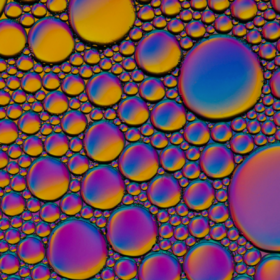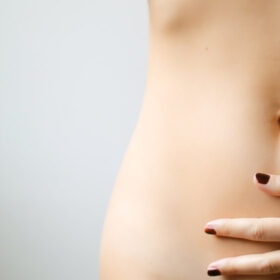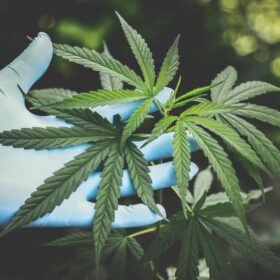
What are the best treatments for endometriosis?
What is endometriosis?
Endometriosis is more than just a “painful period”, it’s a chronic condition. Endometriosis symptoms involve the whole body and as a chronic illness can have a significant impact on your life both physically and mentally. Painful periods are not normal, especially if they mean you need multiple days off from school or work, or interfere with your daily activities. Unfortunately there is still no general consensus on what causes endometriosis, but let’s take a look at some of the treatments.
How long does it take to get diagnosed with endometriosis, and what happens after you do?
Once you get an endometriosis diagnosis, it’s important to treat it to avoid long term health effects. Untreated endometriosis can cause fertility problems, financial difficulties and mental health issues, but research has shown that it can take on average 8 years to be diagnosed, so it’s important to seek help to manage symptoms.
What treatments are available?
Non-hormonal
Lifestyle
Highest rated by Lowdown users, the humble hot water bottle is the best non-hormonal option for symptom management, followed by exercise and other lifestyle changes such as an anti-inflammatory diet. This aims to reduce sugar and salt intake, increase fibre, vegetables and fruits, and includes healthy unsaturated fats like olive oil and oily fish
Medication
We find that many of the Lowdown community get relief from medications such as paracetamol, codeine and anti-inflammatories like ibuprofen or naproxen – check out Ultravana for more info. They don’t come without potential side-effects though. So whilst they may be helpful, if they no longer work for you then taking more than recommended doses is likely to be bad for your health. In this instance, seek advice from your doctor about other options you could try.
Another effective treatment for pain relief is Evana. Evana contains tranexamic acid, which is a non-steroidal, anti-inflammatory drug (NSAID) used in the treatment of heavy periods. It is only taken for a short time each month and usually this is two (500mg) tablets taken three to four times a day, for the first three to four days of your period. You can now purchase tranexamic acid over the pharmacy counter by asking for Evana Heavy Period Relief tablets.
Hormonal
Contraception is another popular method of endometriosis symptom management among Lowdown users. This has the added advantage of potentially slowing down the progression of the disease.
Options include progestogen-only methods such as the hormonal coil (IUS), the injections and some pills. Combined hormonal methods such as the combined pill, patch and vaginal ring can also be helpful. Not every option is appropriate for everyone though, so it’s a good idea to check our contraception recommender tool or talk through your options with a Lowdown doctor to see which may be the best one for you.
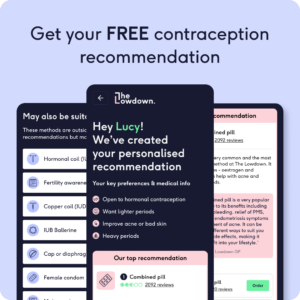
Chemical Menopause Treatments
For severe cases, gynaecologists may opt to give treatments called GnRH analogues. These suppress the feedback cycle between the brain and ovaries and stop production of the hormones produced by the ovary. This has the unfortunate side effect of causing menopausal symptoms and if used for longer than 6 months, can cause loss of bone density. It’s not an ideal long term solution, but can be helpful in planning next steps.
Surgery
Some endometriosis can be burned away during keyhole surgery, but bigger clumps of cells will need surgical removal by cutting it out. Because there is a risk of damage to other organs during the surgery this needs to be done by a highly skilled endometriosis surgeon. Total removal of the ovaries and womb can also provide relief for some women, but the hormones oestrogen and progesterone in the form of combined hormone replacement therapy (HRT) will need to be provided long term to avoid the symptoms and health consequences of menopause caused by the surgery.
Other alternatives
Users of The Lowdown endometriosis review platform mentioned a few other options that may be worth exploring:
CBD tampons
While there isn’t any published data to back up the use of CBD-infused tampons, some women do get relief from period cramp pain. CBD is similar to what causes a “high” by smoking weed (THC) but it doesn’t cause this high. Instead, it has anti-inflammatory properties that are meant to help pain. Everyone responds differently, so it’s hard to say if it will help without trying it yourself.
TENS machine
This is a device that is stuck onto the skin in the areas where pain is felt. It sends little electrical impulses to the area which helps pain. It does it by confusing the “signal” that is sent up to the brain and a tingling feeling is felt on the skin. Again, there isn’t a great deal of evidence for its effectiveness, but you might want to try it to see if it works for you. We recommend using Myoovi.
Acupuncture/Massage/Osteopathy/Mindfulness
Relaxation techniques can be really helpful in managing endometriosis symptoms. A calm body and mind can help you to cope with the pain. While there isn’t much evidence that it definitely helps, anything that works for you to help reduce your stress levels is good in our books!
How The Lowdown’s new endo platform can help users find support
You don’t have to feel alone! The Lowdown’s endometriosis experience platform is here to support you. You can read endometriosis experiences from other uses and also share your endometriosis experience too.
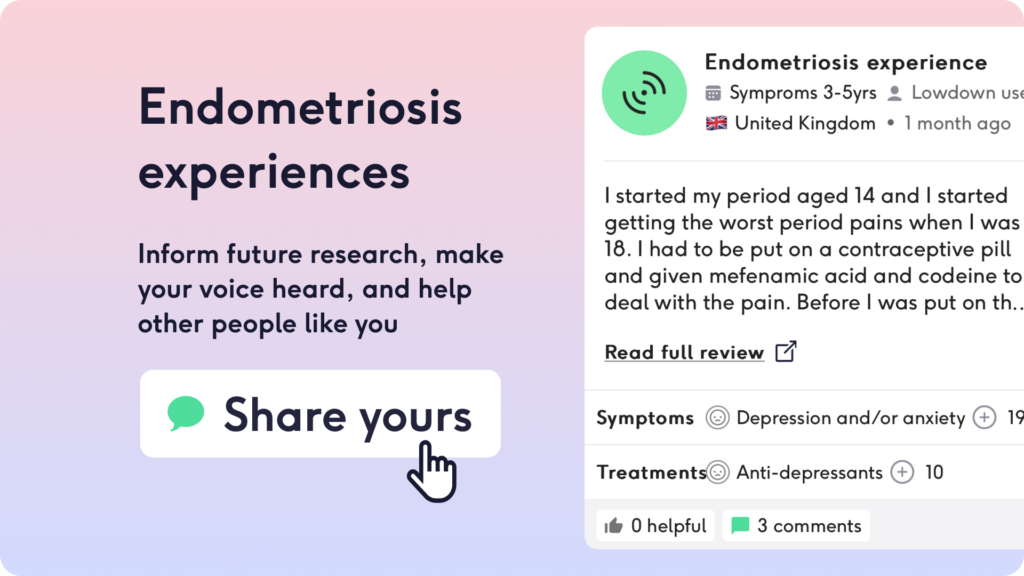
What The Lowdown’s docs can do to help
Our doctors at The Lowdown can talk through your symptoms and work out what the best treatments, especially contraception-treatments might be for you. It can be helpful to talk through your experience with a doctor so you know what to ask for and what to say when you see your own GP so you’re set up for the next steps.
Got more questions about endometriosis? We got you
Our medical review process
This article has been medically reviewed for factual and up to date information by a Lowdown doctor.


